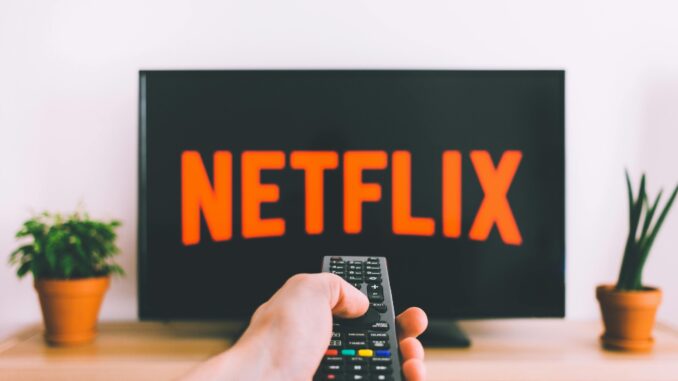
By Ghazal Fatima
Streaming services are quickly replacing traditional TV, and the numbers prove it. According to Convergence Research Group’s latest report named, The Battle for the North American Couch Potato: OTT and TV, 46% of Canadian households did not have a cable or satellite TV subscription by the end of 2024, and that number is expected to rise to 54% by 2027. In the U.S., the shift is even bigger—by the end of 2025, 72% of U.S. households are expected to have cut the cord and moved to streaming.
Major platforms like Netflix, Disney+, and Amazon Prime Video continue to dominate, with U.S. OTT streaming revenue projected to hit $81.5 billion in 2025, surpassing traditional TV subscriptions. In Canada, streaming revenue grew by 15% in 2024, reaching $4.2 billion, and is expected to climb to $4.85 billion in 2025.

One reason for this shift is the convenience streaming offers. Instead of waiting for scheduled TV shows, viewers can watch anytime, anywhere. Young viewers, in particular, are ditching cable. Student Tola says, “I used to watch TV, but now I don’t. My parents still watch cable, though. They always turn it on after getting home from work.” Another youngster, Mohammad Yousuf, adds, “I like being able to watch what I want, when I want. I don’t have to wait for a show to air at a specific time. I can just pick a series and binge-watch at my own pace.”
Industry experts agree that streaming is taking over. Filmmaker Sara Asyyed explains, “Streaming gives viewers more control. You can pause movies, watch them whenever you want, and there’s a huge selection to choose from. TV shows can’t match that. Plus, you can find international shows, like Korean dramas, on streaming services.”
But streaming isn’t without its challenges. Many platforms now offer exclusive content, forcing users to subscribe to multiple services. This has led to subscription fatigue, with many viewers reluctant to pay for so many platforms. Other concerns include password-sharing restrictions and rising subscription costs.
Streaming services are now evolving to keep up with changing demands. Artificial intelligence (AI) and machine learning are improving content recommendations and video quality. Meanwhile, interactive content, virtual reality, and ad-supported streaming are gaining popularity.
Looking ahead, streaming is expected to become even more personalized, global, and innovative. The competition between platforms will continue, but one thing is clear that traditional TV is losing its audience, and streaming is the future of entertainment.

Be the first to comment